Tsukimi. It is said to have been introduced from Tang China to the aristocracy during the Heian period (794-1185) and eventually spread to the common people.
It is a traditional Japanese culture.
Nowadays, tsukimi = hamburger may have a strong image, but it is still unique to the museum.
We decided to hold this event with the hope that everyone will enjoy viewing the moon in a Japanese-style space.
As for the date, due to the difference between the lunar calendar and the new calendar and the phases of the moon, the Mid-Autumn Meigetsu does not always fall on a full moon, but this year the Mid-Autumn Meigetsu = full moon, so September 10 (Saturday) seemed like a good date. This year, however, the Mid-Autumn Moon was full.
The title is “Otsukimi live night. The live performance will feature traditional Japanese instruments and music with the themes of “moon” and “autumn.
Although we wanted to invite you to relax, listen to the performance, and watch the moon…
Full moon, where can you see it from? Issue.
Whether or not it is visible over the garden of the museum. Or is it visible from any part of the museum?
Which way does the moon rise in the first place…. Thinking back, I don’t have much of an impression of the moon, since the museum usually closes before the moon rises.
However, I remembered that when we held the “Hyogo-Tsu ‘Scary Night’ Museum” last month, I saw a large, mysterious moon on my way home, and since it was the same time of day, I thought that perhaps I could see it from inside the museum.
On the day of the event, we took all eventualities into consideration. First of all, we coordinated the inside of the prefectural office building to look like an otsukimi (moon-viewing) event to welcome everyone.
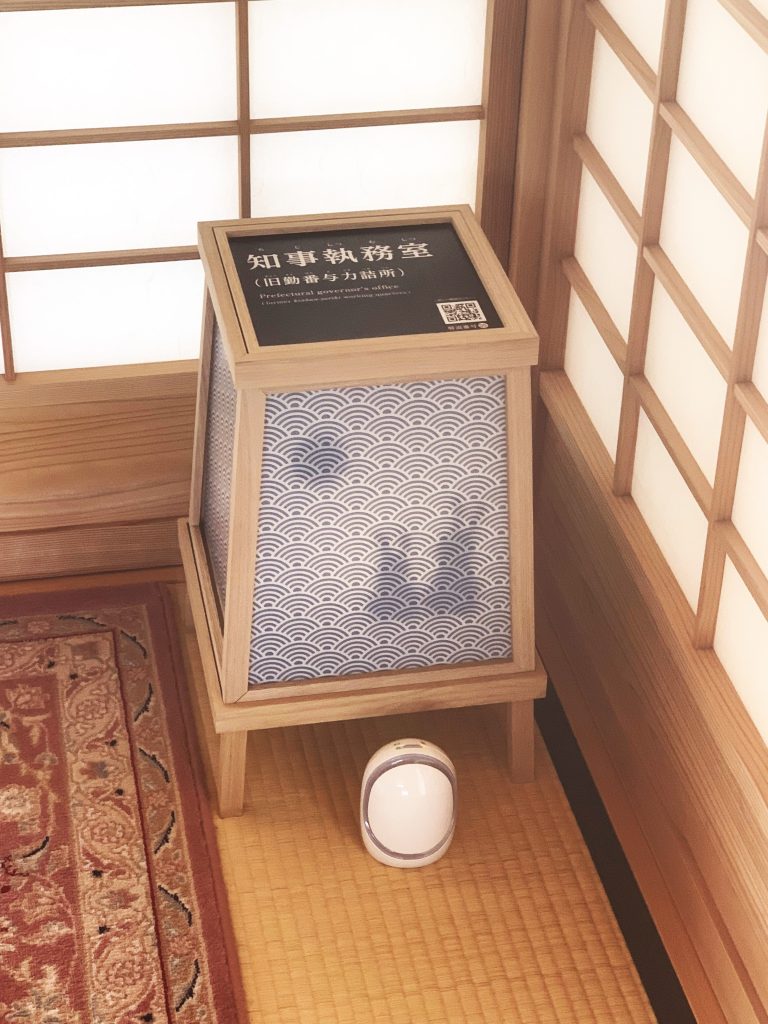
Otsukimi lantern (1) 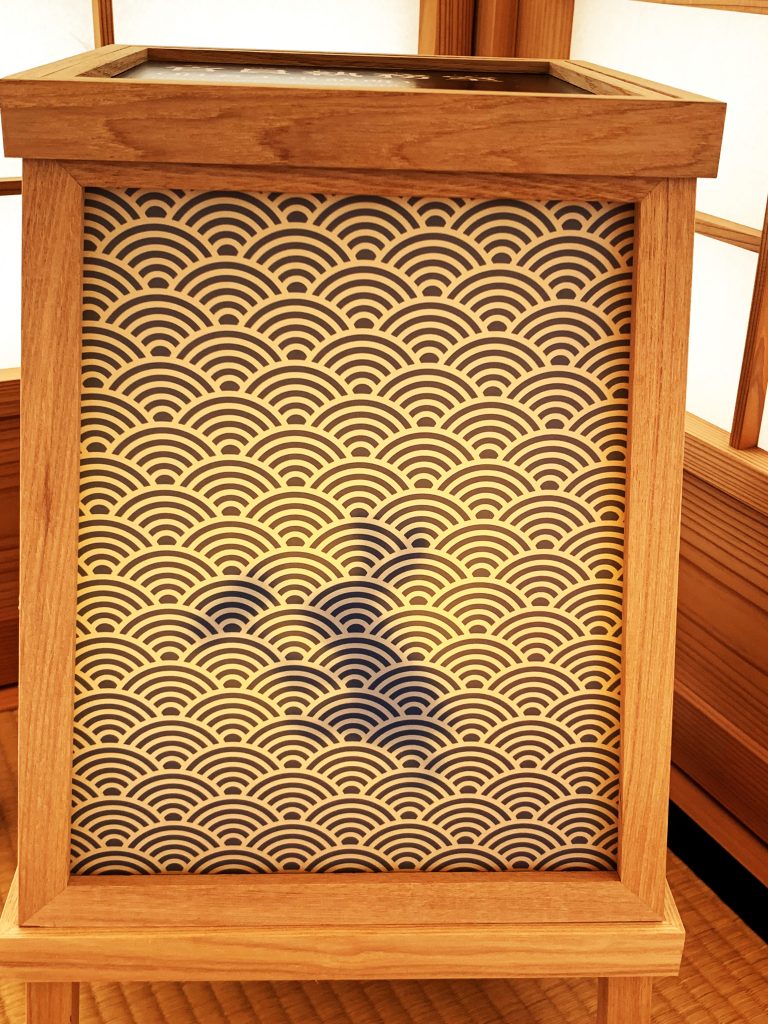
Otsukimi lantern #2 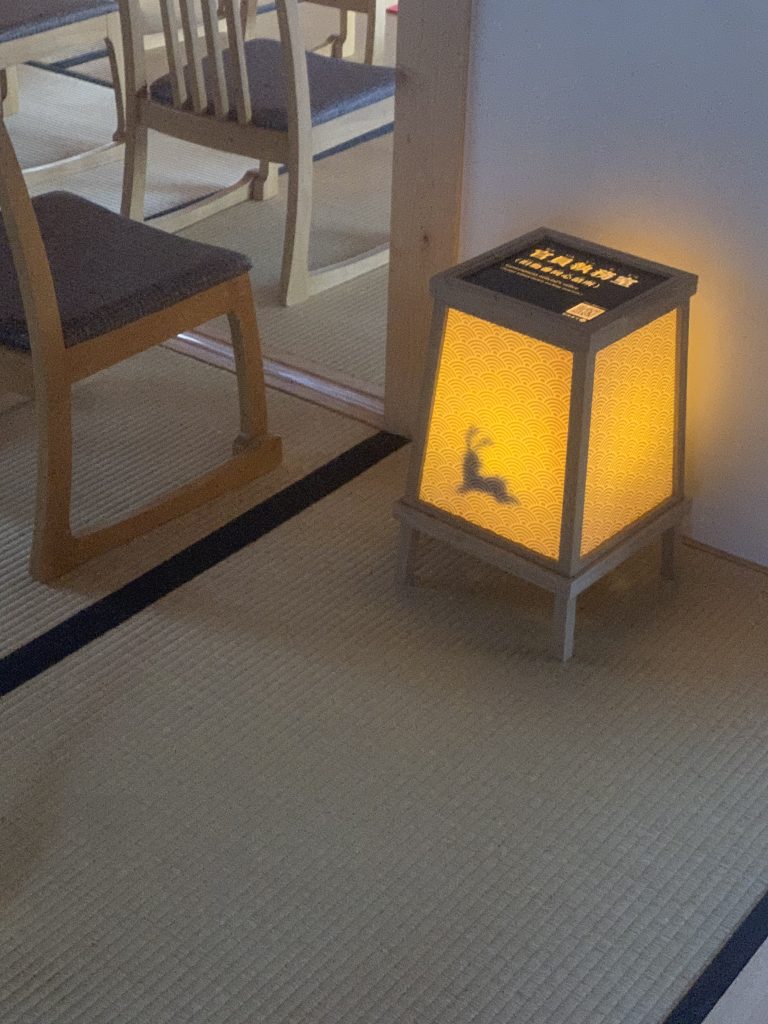
Otsukimi lantern (3) 
Otsukimi lantern (4) 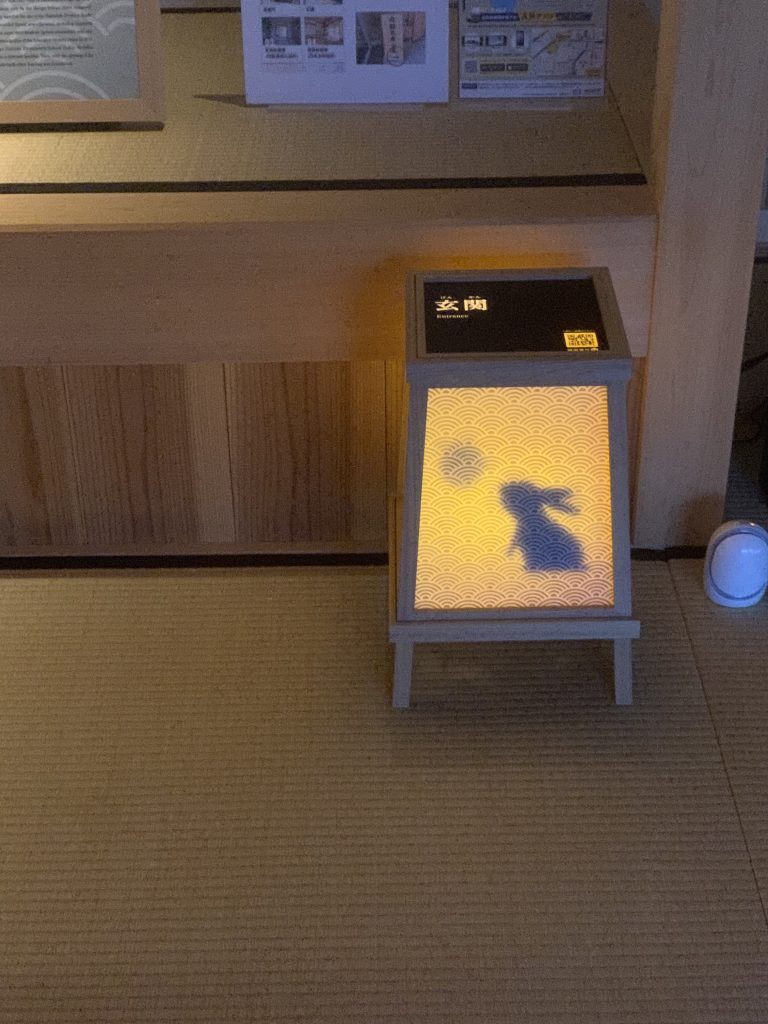
Otsukimi lantern (5)
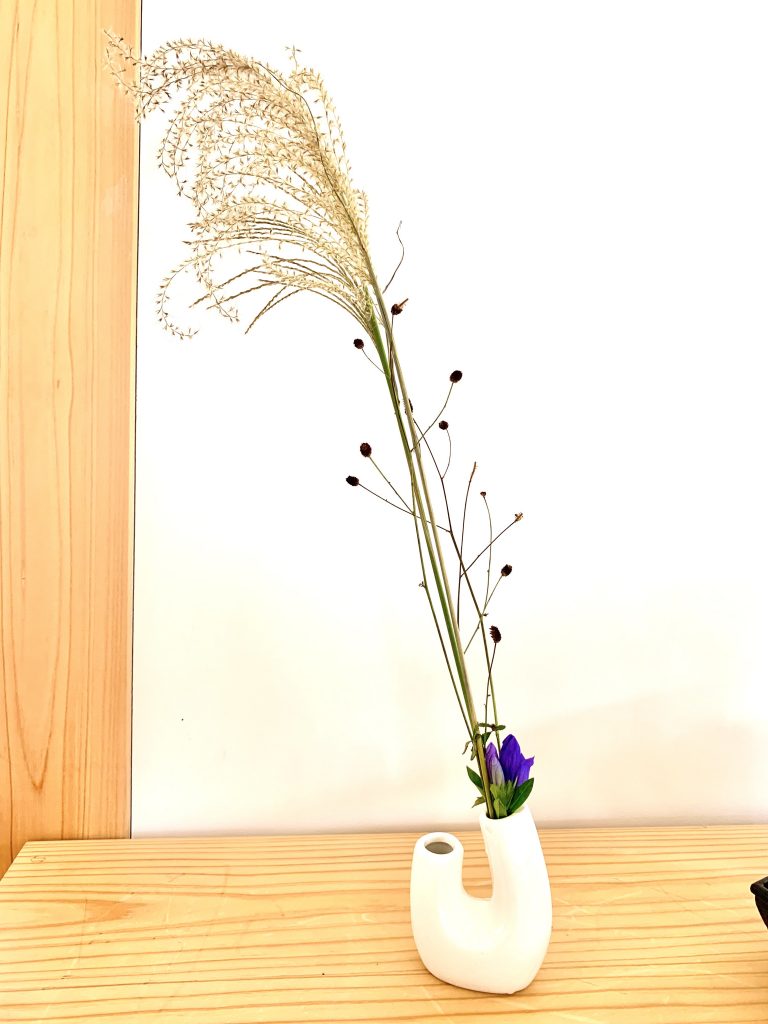
In the agency’s office 
Akebi hand towel at the entrance of the prefectural government building 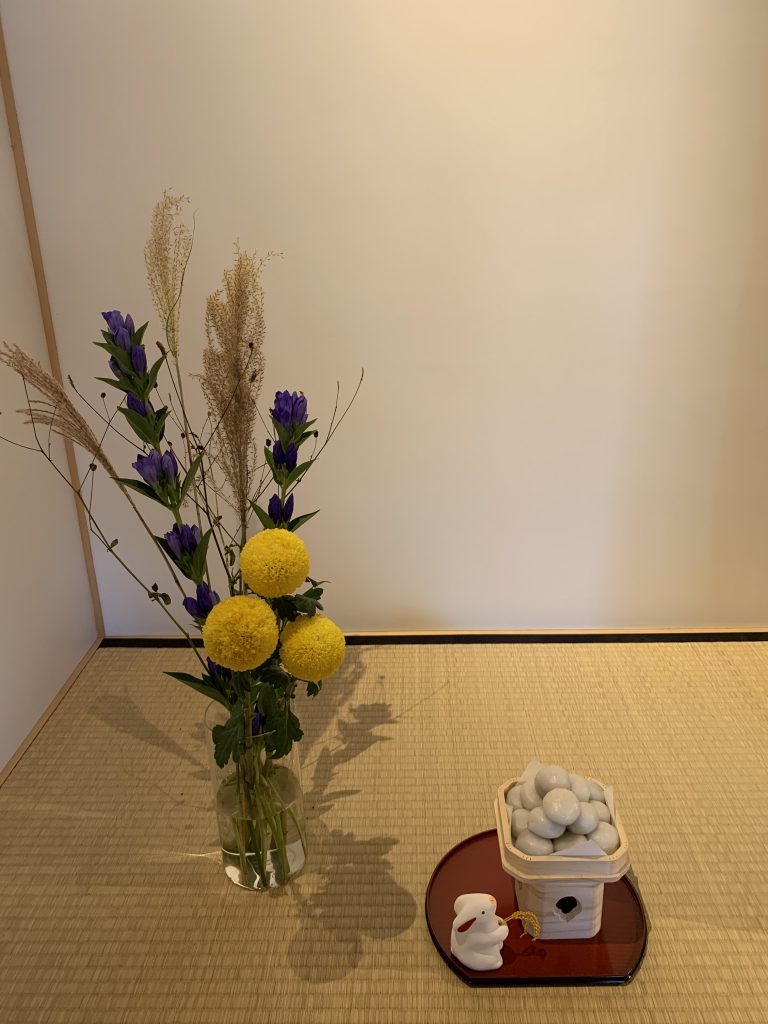
Otsukimi decoration in the tokonoma (alcove) of the prefectural office building 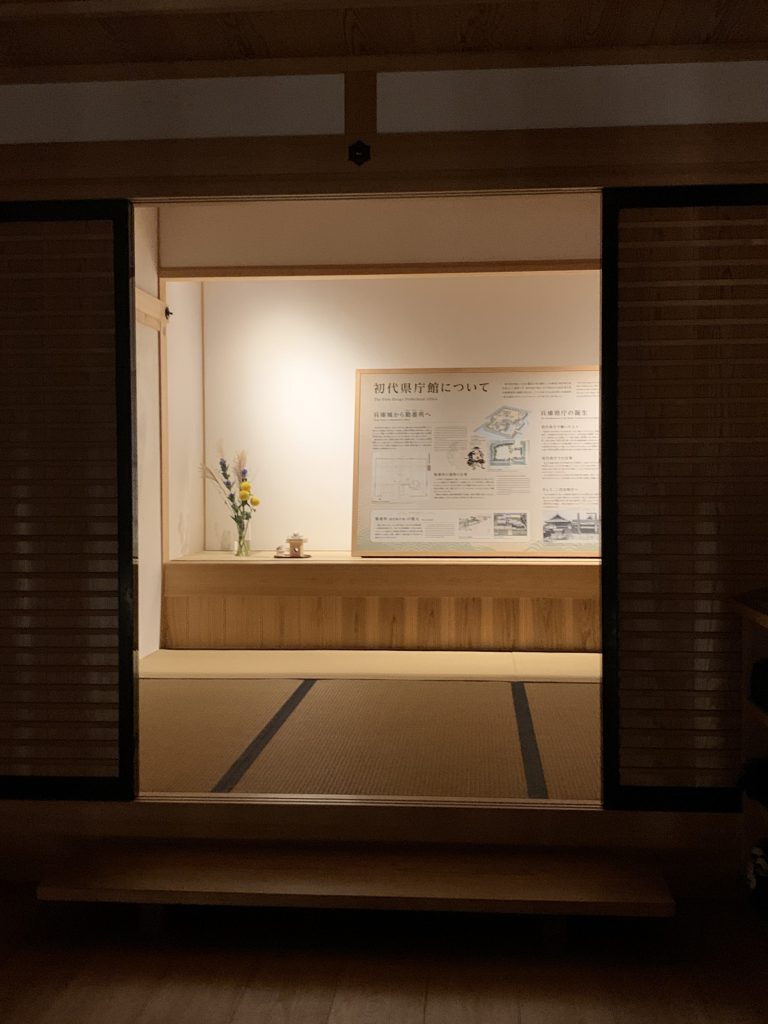
This is what it looks like from a distance
The sunset time was around 18:15. The show started at 19:00, but it was still light.

From near the temporary prison 
Beautiful sunset. Full moon looks promising!
The seats were full 10 minutes before the show began. The first song was “Musashino the Bug. As the performance began, it gradually became darker.

Cover of the day’s program 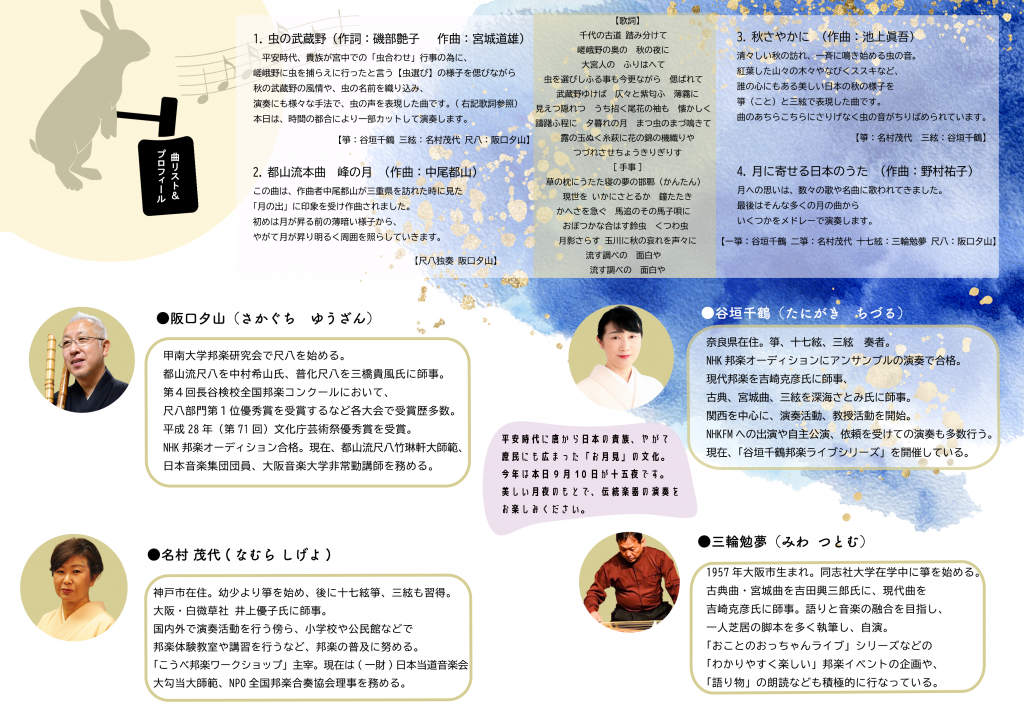
Behind the program of the day 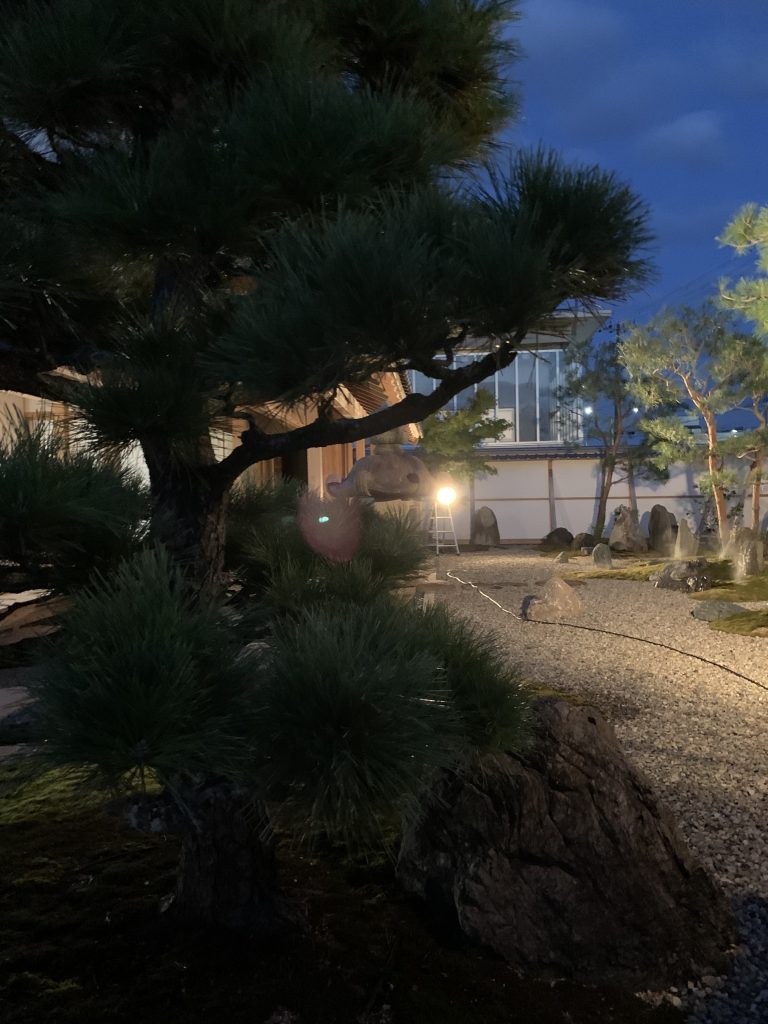
Lighting the garden as well 
Performance starts
A powerful solo performance of the shakuhachi, followed by a rambling talk about Japanese music, instruments, etc.
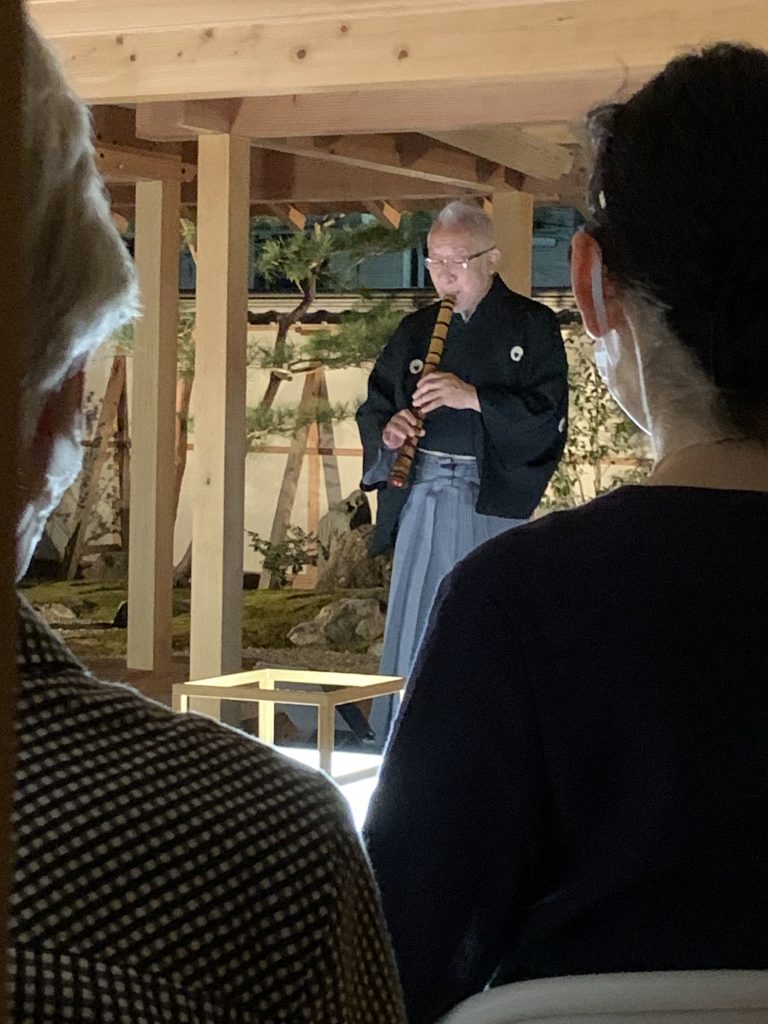
Appeared walking while blowing 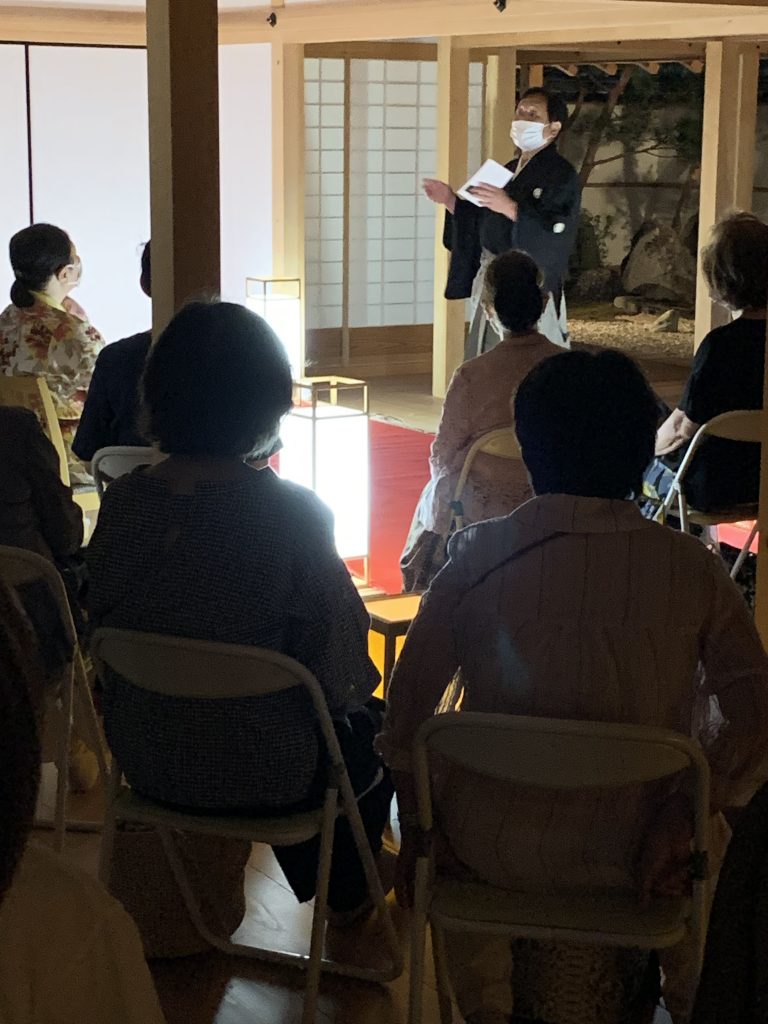
A rambling Japanese music talk zone
The audience was entranced by the Japanese music with themes of autumn and insects as they watched the garden gradually darken, and listened to the last song of the day.
The calls for an encore erupted, as if they still wanted to hear more.
Originally scheduled to play four songs, the band played one encore song and ended with a single finale.
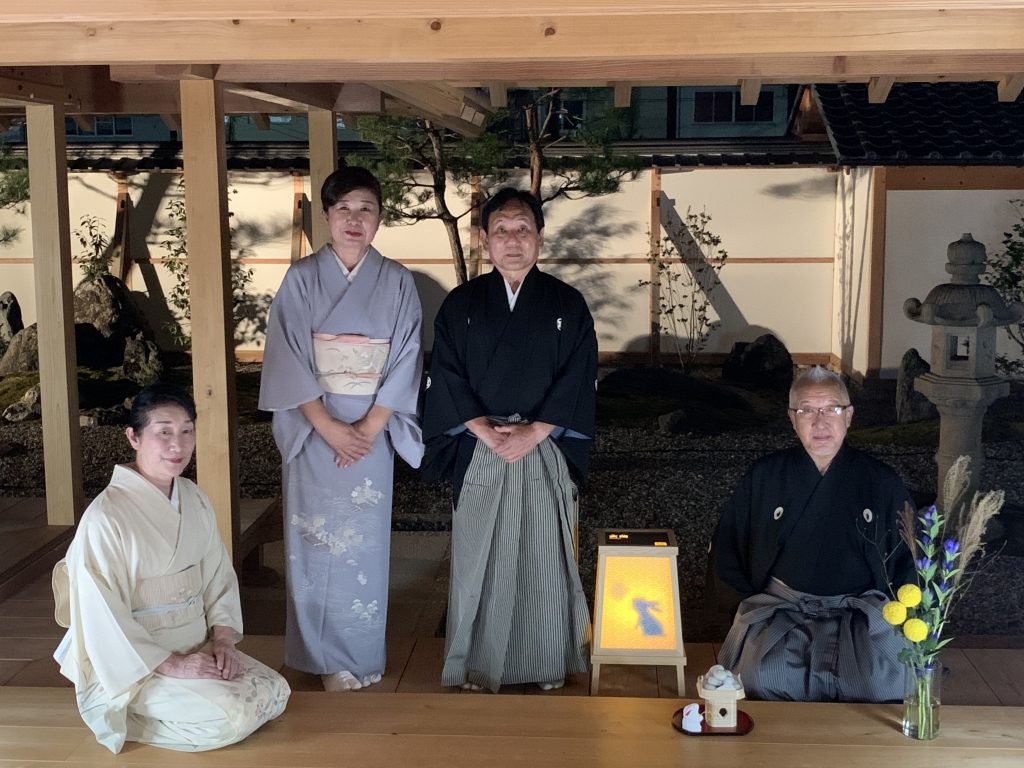
The important thing was the full moon, which had finally risen enough to be visible from the edge of the prefectural office building by the time the event was over.
Although it was not possible to see the moon during the performance, many audience members left after the show satisfied with the fantastic view of the full moon from around the garden and took pictures while letting out a sigh.


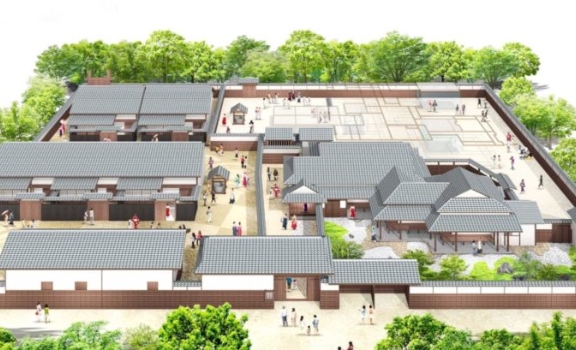

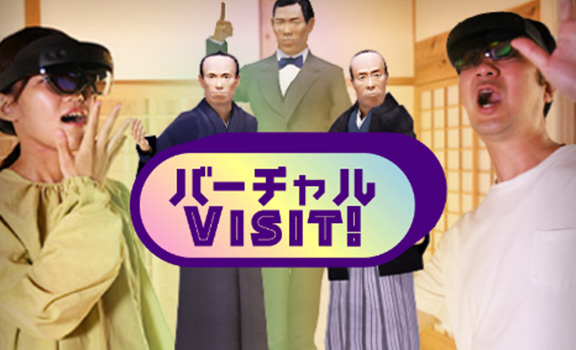
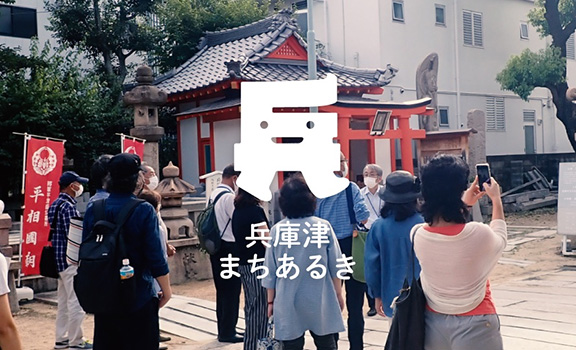
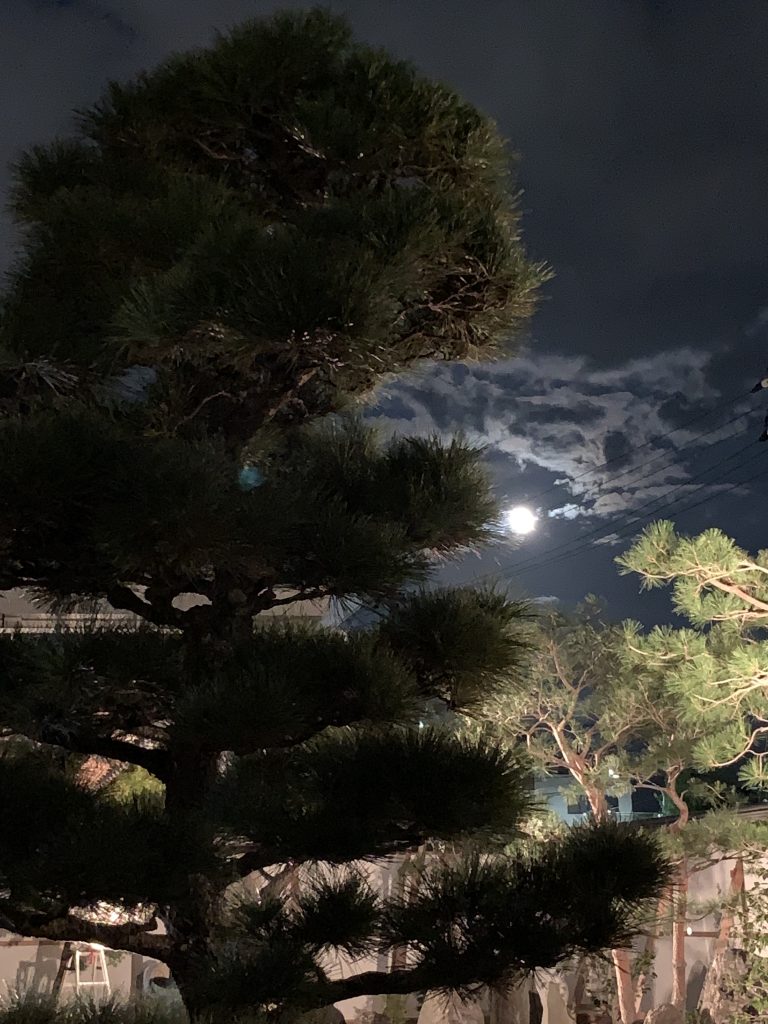
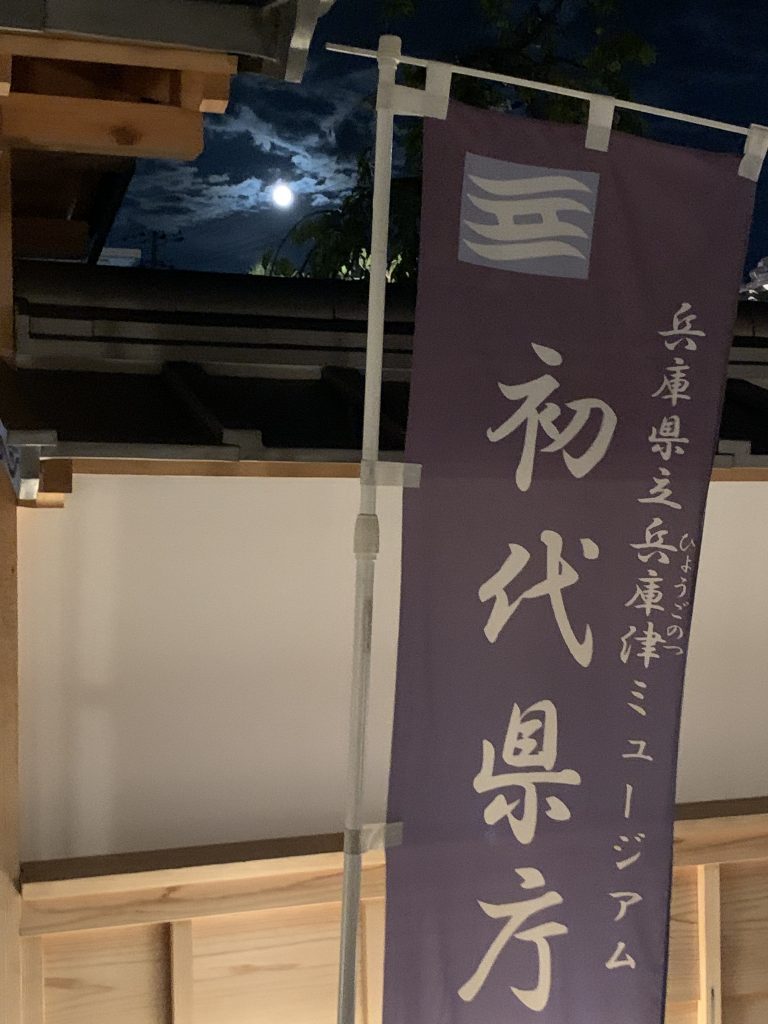
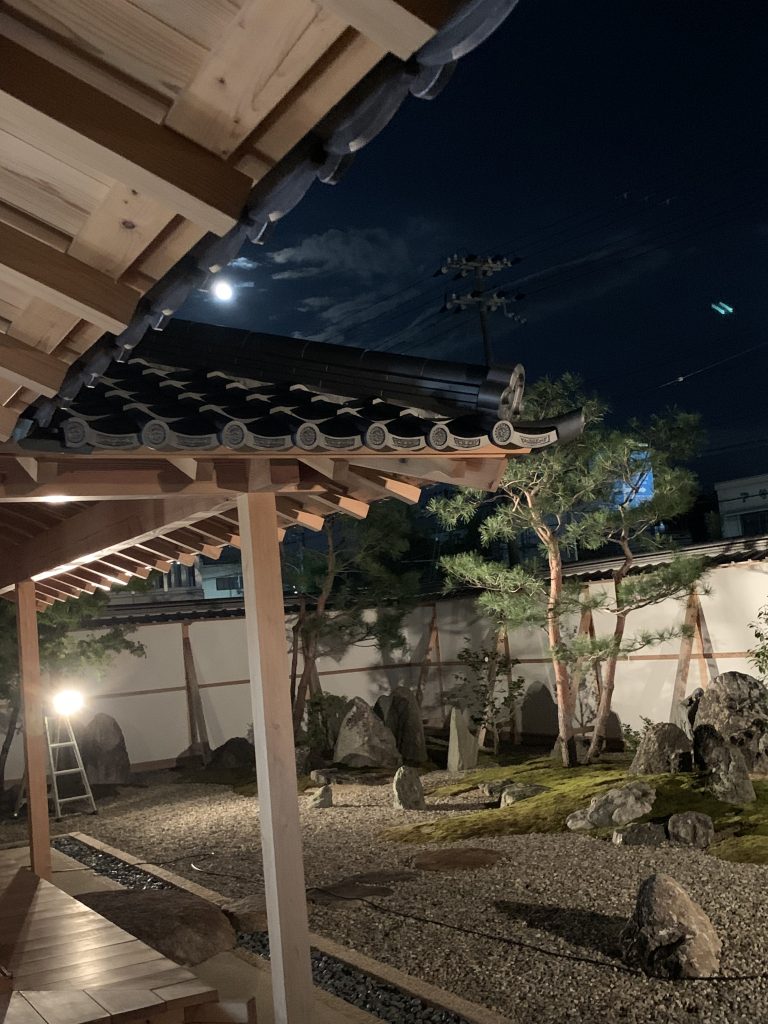
 前の記事へ
前の記事へ